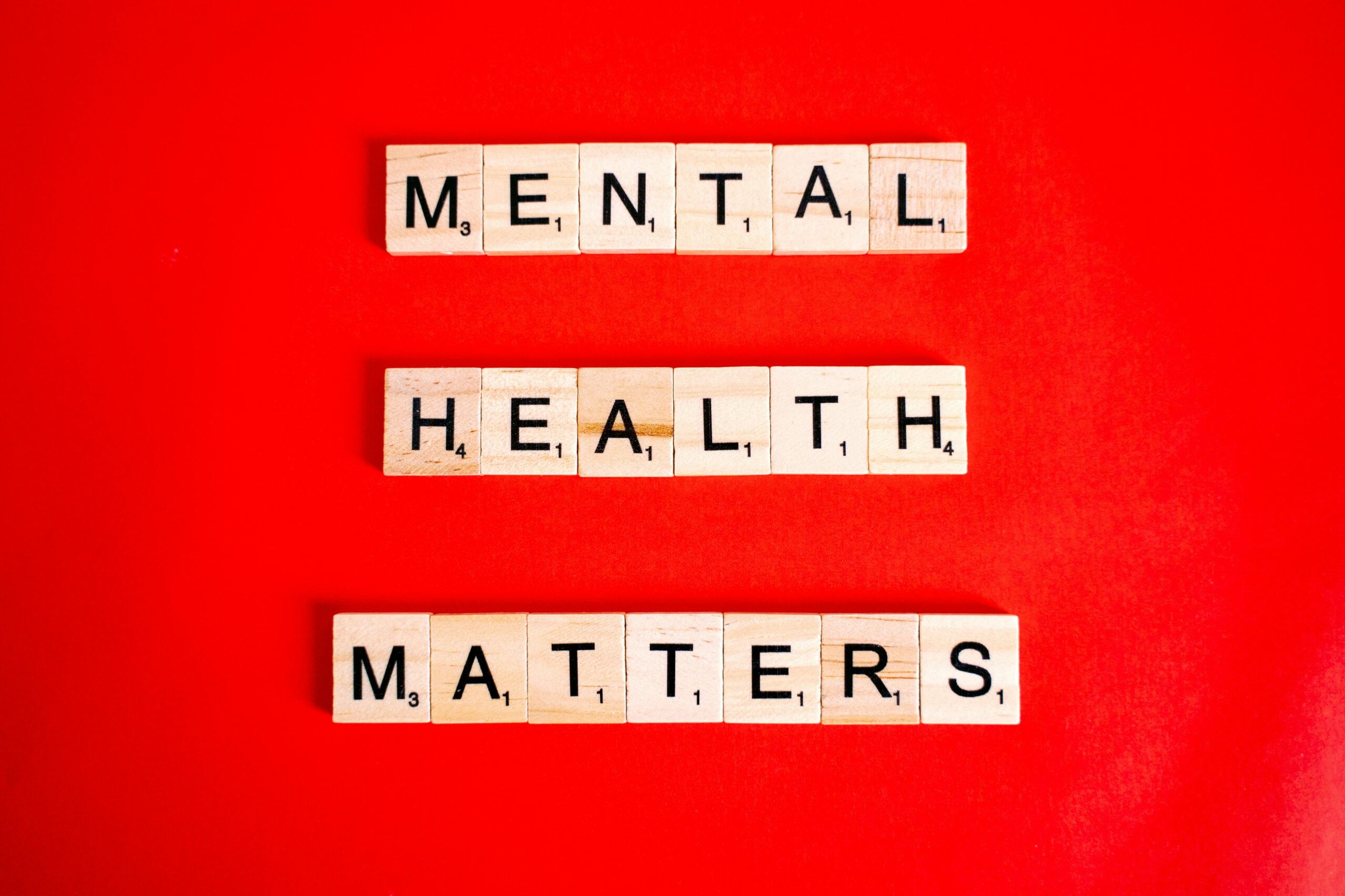Should we really care about our dogs’ mental health? When we think about mental health, we often associate it with humans. But what about dogs? Do they experience emotions the way we do? Can they suffer from stress, anxiety, or even depression? As dog lovers, we see our furry companions as family, and their well-being is just as important as our own.
Dogs may not express emotions in words, but their behavior tells us everything we need to know. Just like us, they can struggle with mental health issues, and as responsible pet owners, it’s our job to recognize the signs, understand the causes, and help them feel better.
I remember when my dog, Max, went through a rough patch. He wasn’t his usual energetic self. His tail didn’t wag as much, he lost interest in playtime, and he often seemed restless. At first, I thought it was a phase, but when it lasted for weeks, I knew something was wrong. That’s when I started learning about mental health in dogs, and what I discovered changed the way I cared for him.
In this article, we’ll explore mental illnesses in dogs, their causes, symptoms, and ways to support a dog struggling with mental health issues.
Do Dogs Have Mental Health Issues?
The simple answer is yes. Dogs experience a wide range of emotions, including happiness, sadness, fear, anxiety, and even depression. While they don’t process emotions exactly like humans, they can suffer from mental health conditions that affect their behavior, energy levels, and overall well-being.
Mental health problems in dogs are often overlooked because many owners assume that unusual behavior is just temporary or caused by external factors like boredom. But just like humans, if a dog’s mental distress is ignored, it can worsen over time and affect their quality of life.
Common Mental Health Issues in Dogs
Dogs can experience various mental health conditions, each affecting them differently. Some of the most common ones include:
1. Anxiety
Anxiety in dogs can be triggered by different situations, such as separation from their owner, loud noises (thunder, fireworks), or new environments. Signs of anxiety include:
- Excessive barking or whining
- Pacing and restlessness
- Trembling or hiding
- Destructive behavior (chewing furniture, digging)
- Urinating or defecating indoors despite being potty trained
One of my friend’s dogs had severe separation anxiety. Every time she left the house, her dog would bark for hours and even chew on the door. With training, patience, and comfort items (like a piece of her clothing), his anxiety improved over time.

2. Depression
Yes, dogs can get depressed too. Depression in dogs often occurs after a significant change in their life, such as losing a companion (human or pet), moving to a new home, or experiencing neglect.
Signs of depression in dogs include:
- Low energy and lack of interest in activities
- Sleeping more than usual
- Loss of appetite
- Avoiding interaction with people or other pets
- Whining or appearing sad
When Max lost his dog companion, Bella, he showed signs of depression. He stopped eating properly and would sit by the door waiting for her to return. It took time, love, and new routines to help him heal.
3. Obsessive-Compulsive Disorder (OCD)
Dogs can develop repetitive, compulsive behaviors similar to OCD in humans. This often happens due to stress, boredom, or trauma.
Common compulsive behaviors include:
- Excessive licking or chewing (sometimes leading to skin wounds)
- Tail chasing
- Pacing in circles
- Constant barking at nothing
A dog I met at a shelter had OCD-related tail chasing. He would spin for hours. With proper enrichment, structured playtime, and behavior modification, he slowly improved.
4. Post-Traumatic Stress Disorder (PTSD)
Dogs that have gone through abuse, neglect, accidents, or abandonment can develop PTSD. This is especially common in rescue dogs or former stray dogs.
Signs of PTSD in dogs include:
- Extreme fear or panic reactions
- Avoiding certain people or places
- Sudden aggression or defensiveness
- Trembling and hiding
- Being overly alert or jumpy
Adopting a rescue dog requires patience and understanding. Slowly building trust through positive reinforcement and a safe environment can help them recover.
Causes of Mental Health Issues in Dogs
Understanding what causes mental distress in dogs can help us prevent or manage these issues effectively. Here are some common causes:
- Lack of Socialization – Dogs need early and positive experiences with people, animals, and environments to develop confidence. Poor socialization can lead to fear-based anxiety.
- Neglect or Abuse – Dogs that experience neglect, abandonment, or physical punishment can develop long-term emotional trauma.
- Loneliness & Separation – Dogs are social animals. Being left alone for long periods can lead to separation anxiety and depression.
- Sudden Life Changes – Moving homes, losing a family member (human or pet), or a new pet joining the household can cause stress in dogs.
- Lack of Mental Stimulation – Boredom can lead to destructive behaviors and OCD-like tendencies. Dogs need play, training, and new experiences to keep their minds active.

How to Support a Dog with Mental Health Issues
If your dog is struggling with a mental health condition, don’t worry—there are ways to help them feel better and regain their joy. Here’s what you can do:
1. Provide a Safe and Comfortable Environment
Dogs thrive in environments where they feel secure and loved. If your dog is anxious, make sure they have a quiet place where they can retreat when feeling overwhelmed.
- Use calming music or white noise during stressful situations
- Provide a cozy space with their favorite blanket or toy
- Use pheromone diffusers (like Adaptil) to create a calming atmosphere
2. Establish a Consistent Routine
Dogs feel safer when they have a predictable routine. Try to:
- Feed them at the same time every day
- Keep daily walks and playtime consistent
- Provide regular training sessions to build confidence
3. Offer Mental Stimulation & Enrichment
Keeping a dog’s mind engaged helps prevent boredom and anxiety. Try:
- Puzzle toys and treat-dispensing games
- Training sessions (learning new commands keeps their mind active)
- Scent work or nose games (hiding treats around the house)
- Interactive playtime with other friendly dogs
4. Physical Exercise is Key
Just like humans, physical activity helps reduce stress and anxiety in dogs. Regular walks, running, or playing fetch can release pent-up energy and improve mental well-being.
5. Use Positive Reinforcement
Avoid punishment if your dog is showing symptoms of anxiety or compulsive behavior. Instead:
- Reward calm behavior with treats and praise
- Redirect negative behaviors with toys or training
- Be patient and consistent in training
6. Consider Professional Help
If your dog’s mental health doesn’t improve with home care, consider:
- A visit to the vet to rule out medical conditions
- A professional dog behaviorist for training and therapy
- Medication (if prescribed by a vet) for severe anxiety or OCD
Final Thoughts: Your Dog’s Mental Health Matters
Dogs give us unconditional love, and in return, we must understand their needs—not just physically, but emotionally too. If your dog is showing signs of anxiety, depression, or stress, take it seriously.
With patience, love, and proper care, dogs can recover from mental health struggles just like humans do. Pay attention to their behavior, emotions, and daily habits—because sometimes, the smallest changes mean the most.
I hope this article helps you understand mental health in dogs a little better. And if your furry friend is struggling, just remember: they don’t need perfection—they just need your love. ❤️🐾




